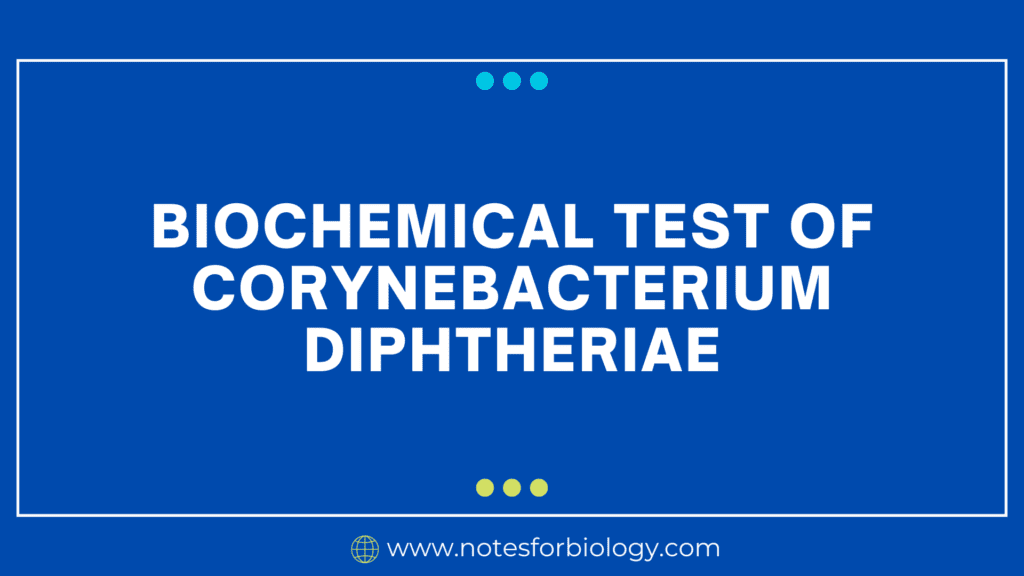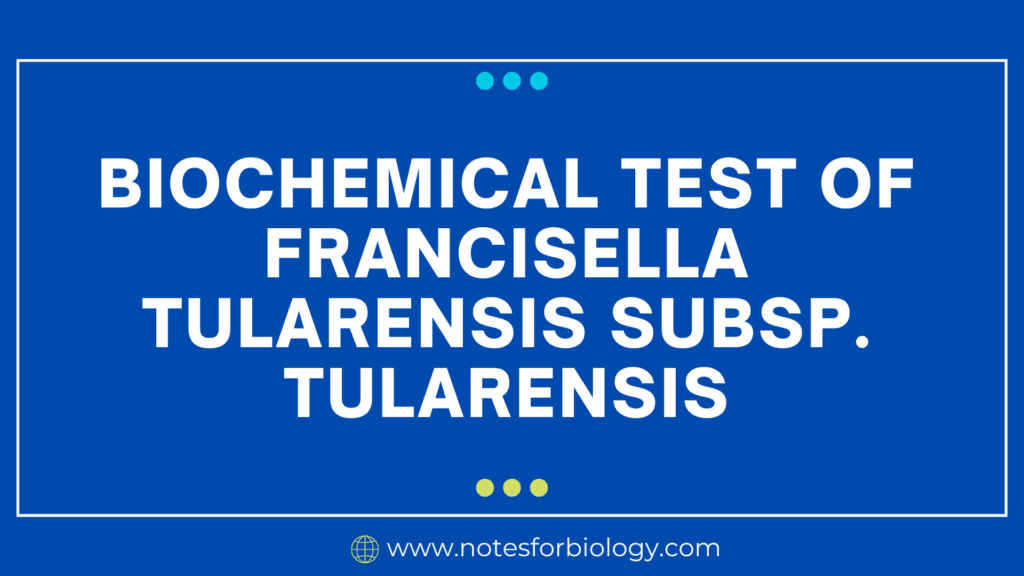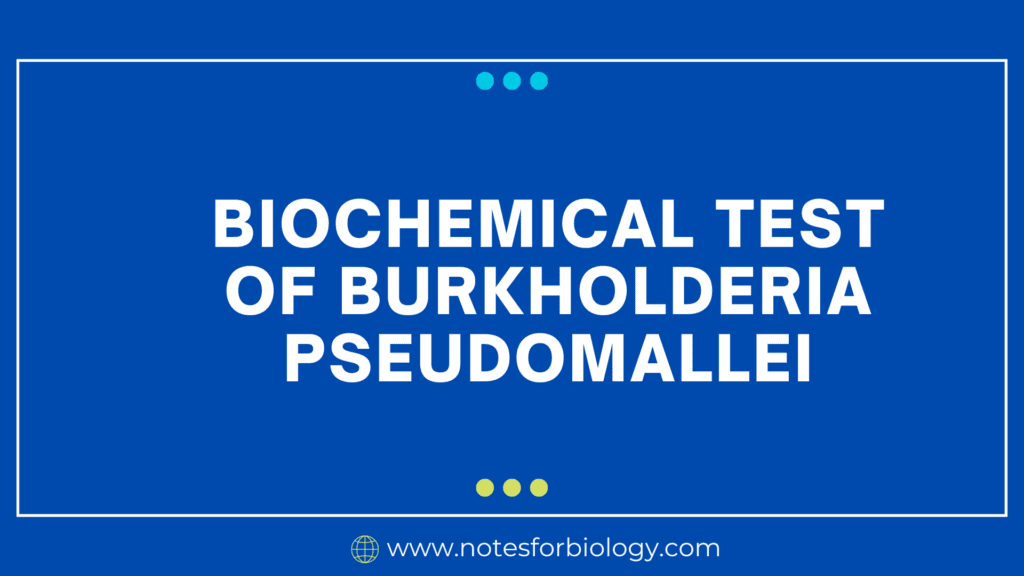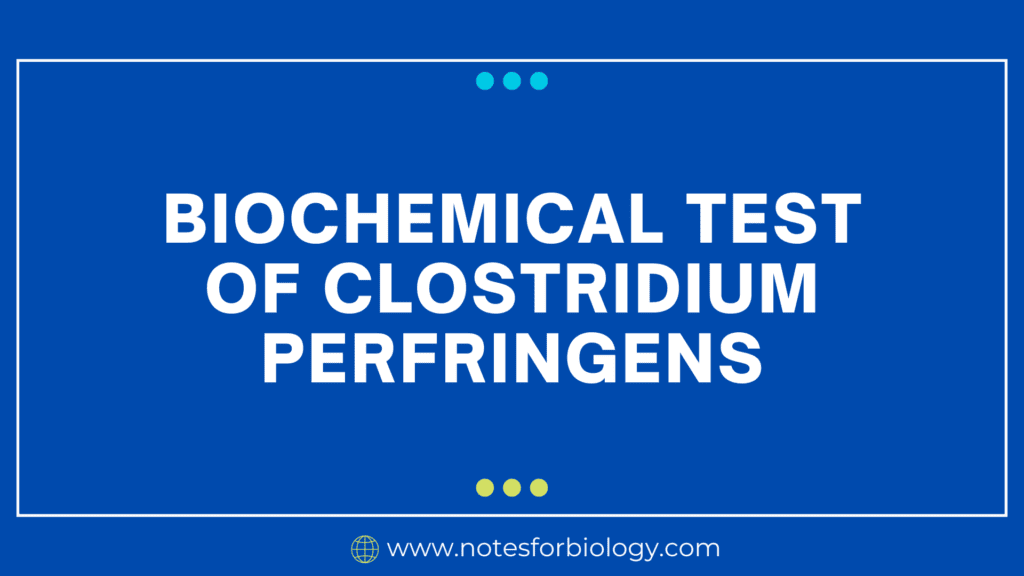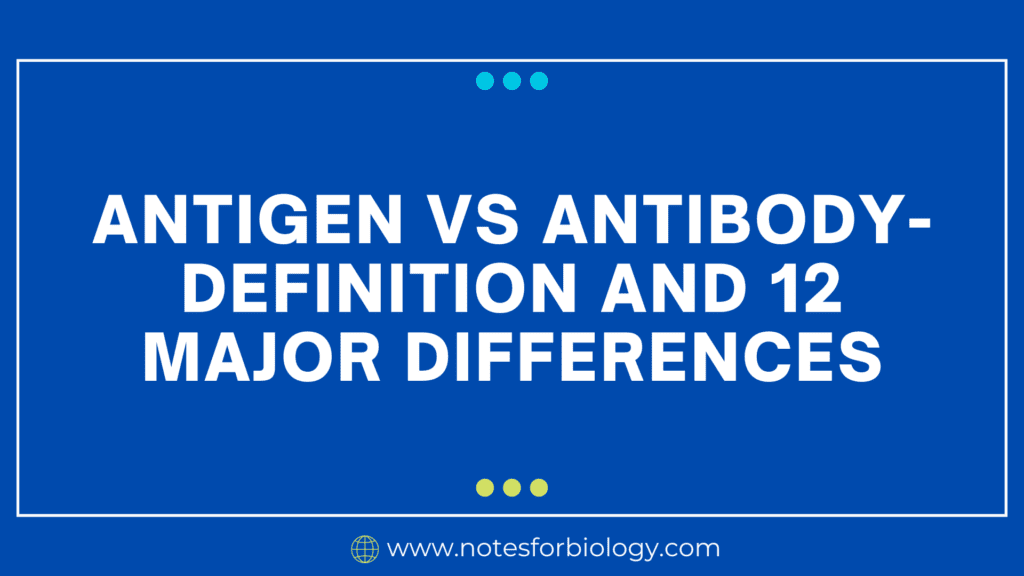Biochemical Test of Fusobacterium necrophorum
Fusobacterium necrophorum is a Gram-negative, obligatory anaerobic bacterium that is frequently linked to serious infections in humans and animals. It can result in liver abscesses and other necrotic infections. Biochemical tests are used for identification, which helps with accurate diagnosis and treatment by revealing the unique characteristics of the object. Definition Fusobacterium necrophorum is a […]


